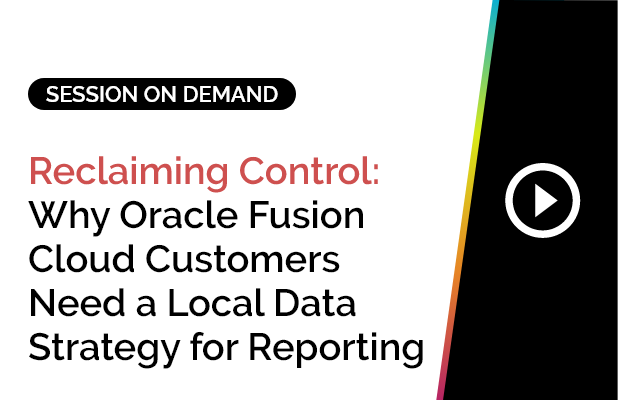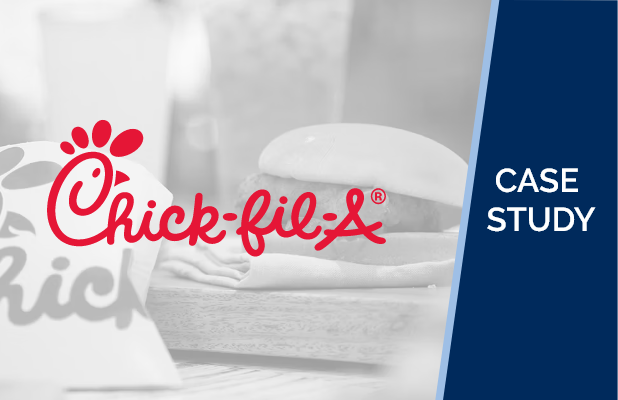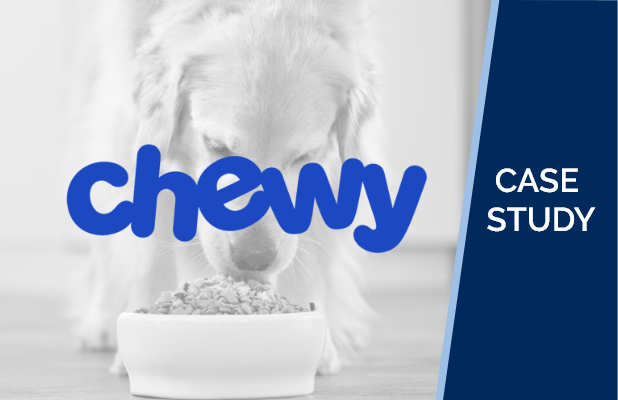At UKG Aspire 2024, AI was hype. This year, it’s going to be everywhere.
Vendors aren’t just promising future intelligence anymore. They’re baking AI into nearly every product demo, roadmap, and pitch you’ll see on the floor. Industry analysts estimate that 70% of HR tech providers now embed at least one AI capability.
For HR, payroll, and IT leaders, that explosion is both exciting and overwhelming. When everything is “AI-powered,” the label itself loses meaning.
Is this AI going to unify data across UKG and external systems, or simply add another dashboard?
Will it guide leaders toward better actions, or just automate status reports faster?
That’s why Aspire 2025 matters. The real challenge isn’t deciding whether AI belongs in your strategy. It does, obviously. The challenge is deciding which AI creates real business value without introducing new noise, compliance risk, or silos. Aspire gives you the chance to press vendors with sharper questions, look beyond marketing decks, and find the solutions that will actually move your organization forward.
Why Asking the Right AI Questions Matters
Buying into AI without due diligence is risky. Shiny dashboards and clever demos can look impressive in a conference hall but collapse under real-world complexity.
The most common pitfalls are tools that automate reporting inside silos instead of breaking them. AI features that feel like black boxes, leaving HR and compliance teams unable to defend decisions. Or worse, solutions that widen access to data without airtight role-based security, creating compliance gaps that put organizations at risk.
Research shows that nearly 65% of HR leaders cite “lack of trust in AI outputs” as the top barrier to adoption. And that hesitation is well earned.
Aspire offers a rare opportunity to cut through the noise. Unlike a typical buying cycle, here you can sit face-to-face with vendors, push them on integration roadmaps, and hear how peers are approaching the same challenges. It’s a pressure test for your own data strategy.
That’s why leaders need to arrive prepared, not just to watch demos, but to interrogate them. A practical AI checklist of questions ensures you don’t get swept up in the excitement. Instead of “Does this have AI?”, the real filter becomes: Does this AI add lasting business value, protect compliance, and help us act faster? That’s the standard worth holding vendors to in 2025.
The AI Questions That Matter at Aspire 2025

1. Integration + Intelligence
Question: Will AI unify UKG and external data or just automate reports in silos?
Why it matters: HR, payroll, and IT data don’t live in isolation. If AI only sits inside UKG, leaders still lack the full picture. For example, attrition data won’t connect with learning investments, and payroll won’t align with finance.
What good looks like: A vendor that can bridge UKG with systems like ATS, learning, and ERP, creating a single intelligent layer for analysis. This means HR leaders can see turnover trends tied to recruiting funnel health, payroll managers can track cost of overtime against budget forecasts, and IT doesn’t need to custom-code every integration. AI here should act as a connector, not a container.
2. From Insight to Action
Question: Does it move beyond dashboards to proactive alerts and recommendations?
Why it matters: Dashboards are backward-looking. In a world where turnover or compliance gaps can escalate overnight, AI that simply visualizes the past isn’t enough.
What good looks like: Tools that trigger real-time alerts like flagging spikes in absenteeism before they impact staffing or recommending next-best actions when compliance risk is detected. The strongest AI doesn’t just report. It nudges, guides, and simulates scenarios, giving leaders the ability to act before problems harden into outcomes.
3. Explainability
Question: Can AI show how it reached an answer?
Why it matters: Black-box AI is a dealbreaker. HR and compliance leaders need to defend how insights are generated, especially in audits, grievances, or regulatory reviews.
What good looks like: Vendors that build transparency into their models. For example, clear logic flows, traceable data lineage, and explanations in plain language. Imagine being able to show an auditor not just what decision the AI suggested, but why it reached that conclusion, backed by evidence from multiple datasets. That’s trust, and trust drives adoption.
4. Speed to Decision
Question: How quickly can leaders go from natural-language query to decision-ready answer?
Why it matters: Latency kills adoption. If business users have to wait minutes – or worse, log a ticket for IT – AI will quickly be abandoned.
What good looks like: Vendors who can deliver near-instant responses, with context. For example, a payroll manager typing, “Show me overtime costs for Q2 vs. Q3,” and receiving an answer in seconds, complete with anomalies highlighted and recommendations on how to control costs. Speed + context = usability.
5. Data Privacy + Compliance
Question: How does AI enforce role-based security and compliance as access expands?
Why it matters: AI democratizes insights, but that also widens exposure. If access isn’t tightly controlled, sensitive pay equity data could land in the wrong hands, triggering GDPR or SOC2 violations.
What good looks like: Granular, role-based controls that decide who sees what, with full audit trails and encryption. Best-in-class solutions let a frontline manager query attendance trends without ever seeing individual pay details, while compliance officers have visibility into all access logs. Security and usability have to advance together.
6. Adaptability
Question: How well does the AI flex when organizations change?
Why it matters: Mergers, policy shifts, or new modules are inevitable. Static AI tied to today’s structures means costly rebuilds tomorrow.
What good looks like: Configurable models and modular AI that adjust without re-engineering. For example, adding a new global payroll policy shouldn’t take six months of consulting. It should simply be an update the AI recognizes and adapts to. Adaptability is the difference between short-term utility and long-term ROI.
7. Future-Readiness
Question: Is the vendor’s AI locked into today’s capabilities or built to evolve?
Why it matters: You’re not just buying a tool for 2025. You’re betting on a roadmap for the next decade.
What good looks like: Vendors who can demonstrate investments in anomaly detection, predictive modeling, and workforce simulations. Leaders should ask for examples of features in pilot or on the roadmap. A future-ready AI is about proving the vendor can grow with your organization and the market, not leave you rebuilding from scratch in three years.
How to Stress-Test AI Vendors in Conversations
The only way to do it is to go beyond listening to the pitch. Make vendors prove it.
The simplest way is to ask for live demos with real or representative data. Slideware and canned videos hide the messy edges. When you see the AI work with your own structures – payroll, recruiting, benefits – you’ll quickly spot what’s real and what’s smoke and mirrors.
Push beyond generic claims. Ask for examples in your industry, or even better, in use cases that mirror your current pain points. If a vendor can’t show how their AI flags compliance risk in healthcare or predicts attrition in retail, be skeptical. Integration is another pressure point: confirm how the system connects UKG data with external platforms like ATS, learning, or finance, and ask to see the roadmap rather than promises on a slide.
Finally, don’t evaluate in isolation. Compare vendor answers side by side and look for consistency. True AI maturity shows up when multiple vendors point to the same standards – speed, explainability, compliance – while weaker players fall back on buzzwords. Aspire is your chance to filter out the hype and find out who’s ready to deliver.
Cut Through the Noise with SplashBI
Most vendors will talk about AI. Few can show how it actually cuts across silos.
SplashBI was built with that in mind. Our platform unifies data from UKG and external systems – ATS, learning, finance – into a single view, so leaders don’t have to stitch insights together manually. Instead of stopping at dashboards, SplashBI layers in conversational AI and proactive recommendations with SplashAI, guiding HR and payroll teams toward next-best actions before risks escalate.
Compliance and explainability aren’t afterthoughts, either. Every insight comes with built-in role-based security, audit trails, and transparent logic, so you can defend decisions to regulators as confidently as you act on them.
Heading to UKG Aspire? Let’s talk about how SplashBI helps HR and payroll leaders turn AI promises into actionable intelligence. Meet us at booth #C2-12
Are You Ready to Ask Sharper AI Questions?
UKG Aspire 2025 is a proving ground. With AI embedded in nearly every product, leaders can’t afford to be passive listeners. The difference between hype and real impact lies in the questions you bring to the table.
Good AI doesn’t just automate tasks. It transforms how leaders act on data with speed, confidence, and compliance.
Go in with sharper questions and come out with answers that will shape your organization’s future.
We’ll see you there!













